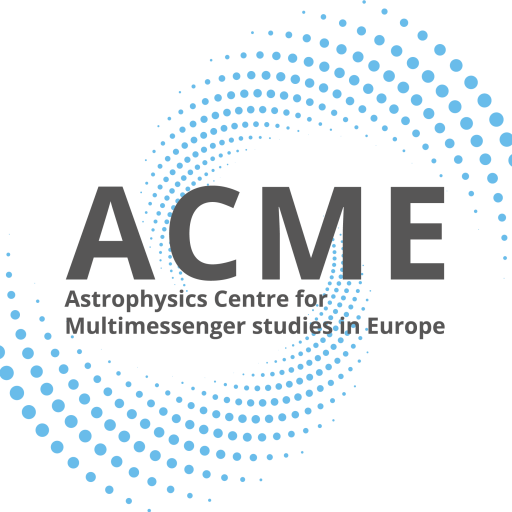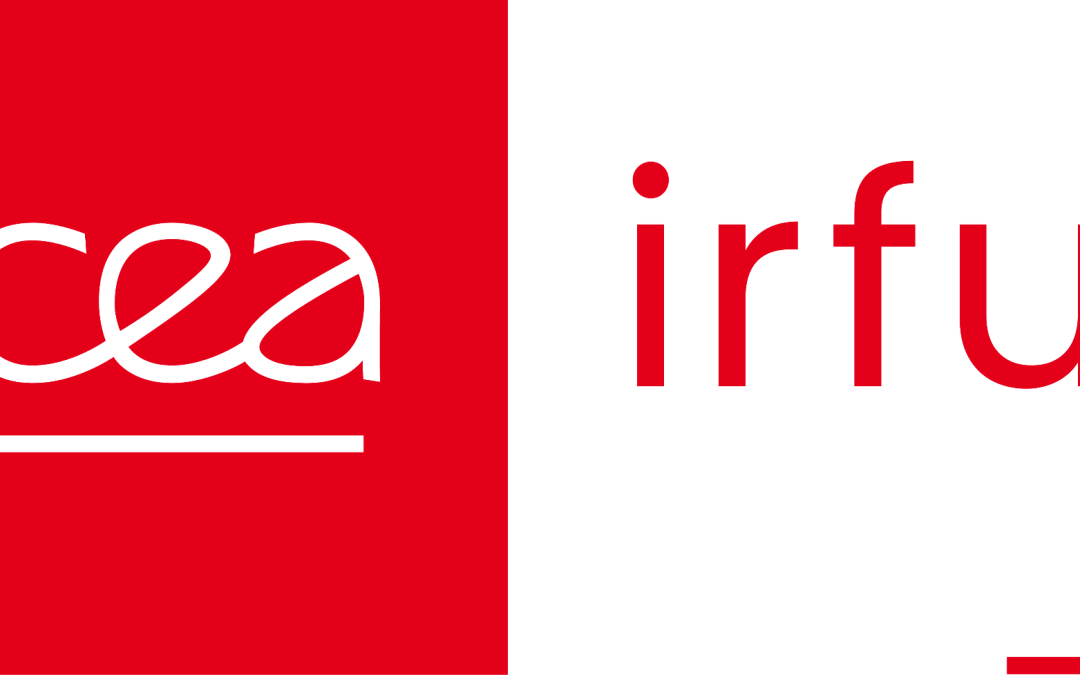Multi-messenger at IRFU
The French Alternative Energies and Atomic Energy Commission (Commissariat à l’Énergie Atomique et aux Énergies Alternatives, CEA), is a public government-funded research organization. The Institute of Research on the Fundamental Laws of the Universe (IRFU), of the Fundamental Research Division (DRF) of CEA, brings together three scientific disciplines, astrophysics, nuclear physics and particle physics, as well as all the associated technological expertise. It gathers 200physicists, 300 engineers, and 170 technicians and produces around 800 publications per year. The multi-messenger platform at IRFU has expertise in a large variety of instruments, cosmic messengers and data analysis techniques.
Main contact for TNA call: Fabian Schussler
Available expertise
Within ACME, the multi-messenger platform at IRFU offers expertise on data analysis of the high energy and very high energy gamma-ray instruments Fermi, H.E.S.S. and CTA. IRFU scientists are experts in using the analysis tools designed for the data of these instruments. The multi-messenger platform at IRFU also offers expertise on the observation planning of VHE instruments, in the case of steady sources as well as in the particular context of transient follow-ups. As such, IRFU scientists can provide support on the elaboration of observation strategies and on the associated observation proposals. In addition, IRFU offers expert support on the use and integration of the Astro-COLIBRI platform that provides real-time information on transient and multi messenger phenomena. IRFU scientists are members of the Fermi-LAT, H.E.S.S. and CTA collaborations. Further MWL expertise is provided by members of the institute who are leading members of various collaborations including SVOM, INTEGRAL, XMM-Newton, JWST, NenuFAR, ANTARES, etc.
Available tools
- H.E.S.S. data analysis tools (ParisAnalysis, HAP, GammaPy, etc.)
- H.E.S.S. proposal preparation
- CTA simulations and data analysis tools (GammaPy, CTApipe, …)
- CTAO/LST proposal preparation
- Fermi-LAT analysis tools and catalogs
- Astro-COLIBRI
- Platform to access real time alerts and catalogs of multi-messenger phenomena
- Tilepy
-
- Platform to find optimal observations plans to follow-ups of transient events
Involved scientists





